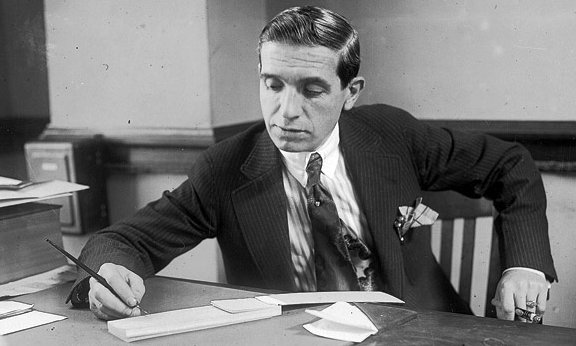If you follow financial markets (or if you watch Billions), you've heard the phrase "short squeeze" used quite frequently.
But what is a "short squeeze" and how does it work?
Here's Short Squeeze 101!
👇👇👇
The "short" in "short squeeze" refers to the concept of short selling.
The basics are covered in my thread below.
TL;DR - short selling is a way of betting against a stock - i.e. betting that its price will decline.
It is the total number of shares that have been sold short (borrowed and sold), but have not yet been covered (bought and returned).
It is usually measured as a % of the # of shares outstanding.
When this happens, short sellers may be forced to close their short positions (i.e. buy the stock and return it to the broker), further accelerating the upward price movement.
We will use Tesla, one of the most heavily-shorted stocks in the world.
Imagine the stock price is $1,000 per share. This seems crazy. Ricky Rational decides to short the stock at this level.
He sells it short at $1,000.
If the price declines, great. He is now able to buy a share at $800.
Ricky returns that share to his broker and closes his short with a $200 profit!
His broker gets nervous about his ability to pay and forces him to replace the borrowed share. He buys a share at $1,200 and closes the short in a loss.
In both cases, the "closing" of the short requires a purchase of shares of the stock.
If Tesla stock rises rapidly (which it does far too often), Ricky and many others may all be forced to close their shorts at once.
This creates a surge of buying (to return the borrowed shares) and drives the price up further.
You can track short interest in specific stocks to determine when one may be occurring.
So next time you see a chart that shows a sharp rise, followed by another, even sharper rise, you may be seeing a short squeeze.
For more educational threads on money, finance, and economics, check out my meta-thread below and follow along for more.



